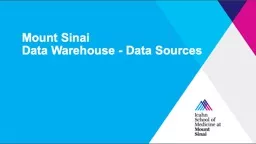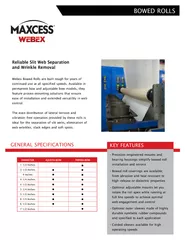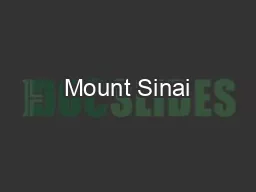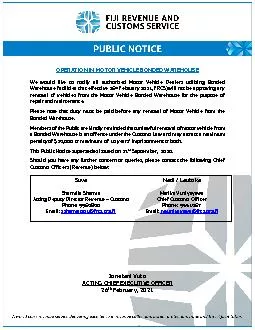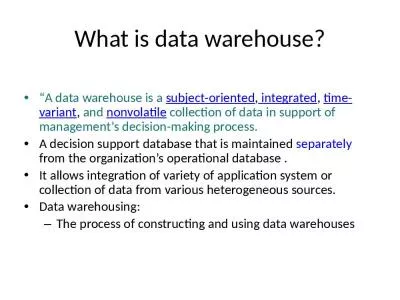PPT-Mount Sinai Data Warehouse - Data Sources
Author : ThoughtfulTurtle | Published Date : 2022-08-04
Systems Mount Sinai Presentation Name Date 2 Cerner Social Security Death Index BISLR Prism IDXADT TSI strategic decision Eagle hospital billing and AR Tamtron
Presentation Embed Code
Download Presentation
Download Presentation The PPT/PDF document "Mount Sinai Data Warehouse - Data Source..." is the property of its rightful owner. Permission is granted to download and print the materials on this website for personal, non-commercial use only, and to display it on your personal computer provided you do not modify the materials and that you retain all copyright notices contained in the materials. By downloading content from our website, you accept the terms of this agreement.
Mount Sinai Data Warehouse - Data Sources: Transcript
Download Rules Of Document
"Mount Sinai Data Warehouse - Data Sources"The content belongs to its owner. You may download and print it for personal use, without modification, and keep all copyright notices. By downloading, you agree to these terms.
Related Documents

